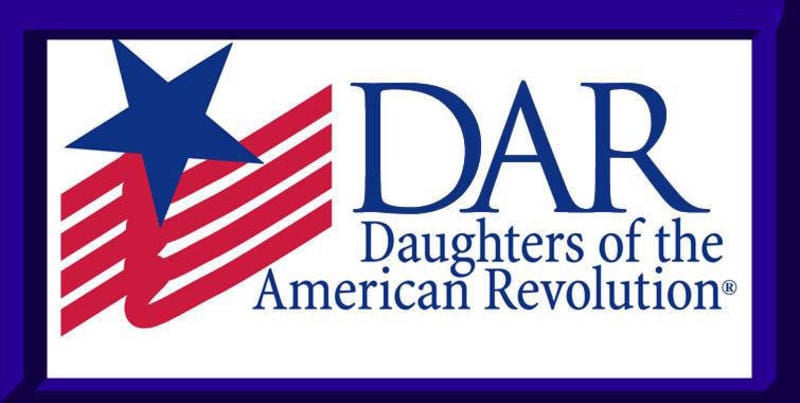This is the first of the 2018 "Practice Posts", in preparation for the 2019 #52Ancestors in 52 Weeks challenge! 2018 Week 50's theme is "Naughty" - as in something that would have put your ancestor on Santa's infamous Naughty List.
My family tree is full of people who did some less-than-reputable things, but one in particular stands out: William Newberry (c. 1750 - 1823), who in October of 1822 was tried and convicted of the September 1822 murder of James Parker. William was found guilty of murder in the second degree, and sentenced to 8 years in prison, with the first 8 months to be served in solitary confinement and on a diet of bread and water.
The trial is described in Order Book 1, Page 442, (1810-1823) of the Superior Court Franklin County, Virginia.
"At a Superior Court of law for Franklin County continued and held at the Courthouse the 26th day of October 1822
Present (The same judge as on yesterday)
William Newberry late of the County, labourer, who stands convicted of murder in the second degree
was again brought to the Bar in custody of the keeper of the Public jail of this County, and thereupon
it being demanded of him if anything for himself he had or knew to say why the Court to Judgment and execution against him of and upon the premises should not proceed and nothing being offered or alleged in delay of judgment therefore it is considerered by the Court that the said William Newberry be imprisoned in the Publick Jail and Penitentiary house of this Commonwealth for the term of Eight years the period by the Jurors aforesaid in their verdict ascertained and that he be kept in solitary cell in the said Jail and Penitentiary house on low and coarse diet for the space of one twelfth part of the said term.
And it is ordered that the Sheriff of this County do as soon as possible remove and safely convey the said William Newberry from the jail of this County to the said Publick Jail and Penitentiary house,therein to be kept imprisoned and treated in the manner directed by the act entitled, an act to reduce unto one act the several acts and parts of Acts for establishing a Penitentiary house and for the punishment of crimes.
And in pursuance of the said Act the Court doth certify that nothing appeared to the Court either in aggravation or extenuation of the offense of the said William Newberry nor did it appear before the said commission of the said murder that he was of a bad or good character or had ever been tried."
The exact year of William's birth is unclear. On August 8, 1785, he married Jane Taylor (often listed as Jane Whorley/Whirley on various trees, for some reason) in Campbell County, VA. They had three children: Thomas, m. Sarah Vier; Levi, m. Elizabeth Boyd, and Sarah, m. William Boyd.
Jane must have passed away prior to 1813, because on May 22, 1813, William married Margaret Martin. At this time, I know of no children that came from this union.
William died in prison in 1823, having served only a fraction of his time.
~ ~ ~
My descent from William is as follows:
William Newberry (1750 - 1823)
5th great-grandfather
Sarah Newberry (1789 - 1854)
Daughter of William Newberry
Rosanna Boyd (1810 - 1850)
Daughter of Sarah Newberry
Joseph Patterson Hudson (1839 - 1914)
Son of Rosanna Boyd
Joseph P. Hudson (1881 - 1954)
Son of Joseph Patterson Hudson
Edna Josephine Hudson (1921 - 2011)
Daughter of Joseph P. Hudson
Joseph Wayne Kessinger (1958 - )
Son of Edna Josephine Hudson
Allison Quinn Kessinger
You are the daughter of Joseph Wayne Kessinger















